
Looking to switch into an electric vehicle?
It’s currently a tough market with a supply and production crisis across the entire automotive industry, causing long queues and extended waiting times on new cars.
This has particularly hit EVs, which are even more in demand globally, along with push and pull factors including soaring fuel prices, the introduction of Australian state incentives, and generally more consumer awareness.
We’ve contacted car manufacturers for current wait times for the most popular EV models in Australia and the ones that are most anticipated, along with detailing frequently asked questions (FAQs) below.
*EDITOR’S NOTE: Estimated wait times provided by car manufacturers or via ordering configurators. They are accurate as at publication (5 July 2022), but are only rough guides and subject to change.
Why are new car waiting times so long?
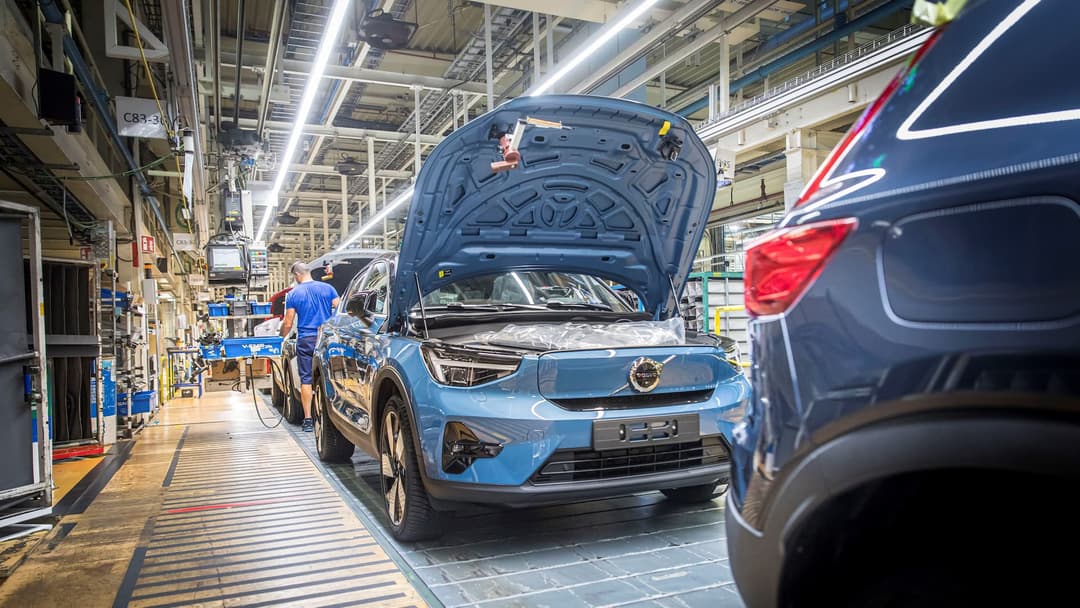
Essentially, the basic economic concept of supply and demand is highly skewed towards the latter across many industries globally.
A combination of the COVID-19 pandemic effects, Russian war on Ukraine, and resurgence in vehicle demand has consequently led to a shortage of essential parts like semiconductor computer chips, reduced battery, parts and vehicle production output due to recent lockdowns in China and worker isolation absences, and shipping delays to Australia are causing long waiting queues for new car buyers.
All new vehicles, regardless of whether it’s petrol, diesel or electric, are facing wait times of anywhere from a month to two years depending on the make and model, level of consistent supply and demand.
Why aren’t new EVs in stock?
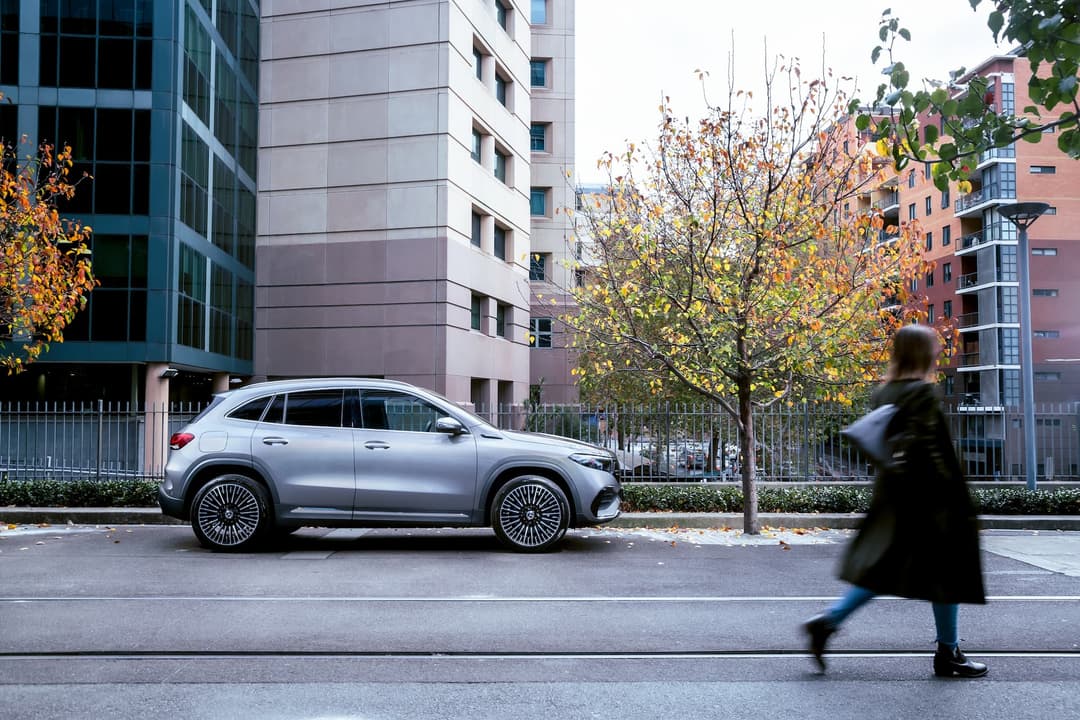
The automotive supply crisis has especially compounded electric cars due to its booming global popularity and the insufficient mining of the lithium rare earth mineral to meet demand of EV battery pack suppliers.
Specifically, due Australia’s lack of carbon emissions reduction targets that fine carmakers for exceeding a threshold of average fleet carbon dioxide pollutants, lagging (but slowly growing) EV consumer demand compared to other developed countries and general climate inaction from the previous Coalition government, the head offices of many automakers are allocating small numbers of EV model stock to Australia – which is still inconsistent with local demand.
Other brands aren’t providing Australia with any electric models at all imminently after their launch, as a country being categorised low on the priority list. However, it seems the new Labor Albanese federal government is somewhat shifting sentiments.
How can I get an EV as soon as possible?
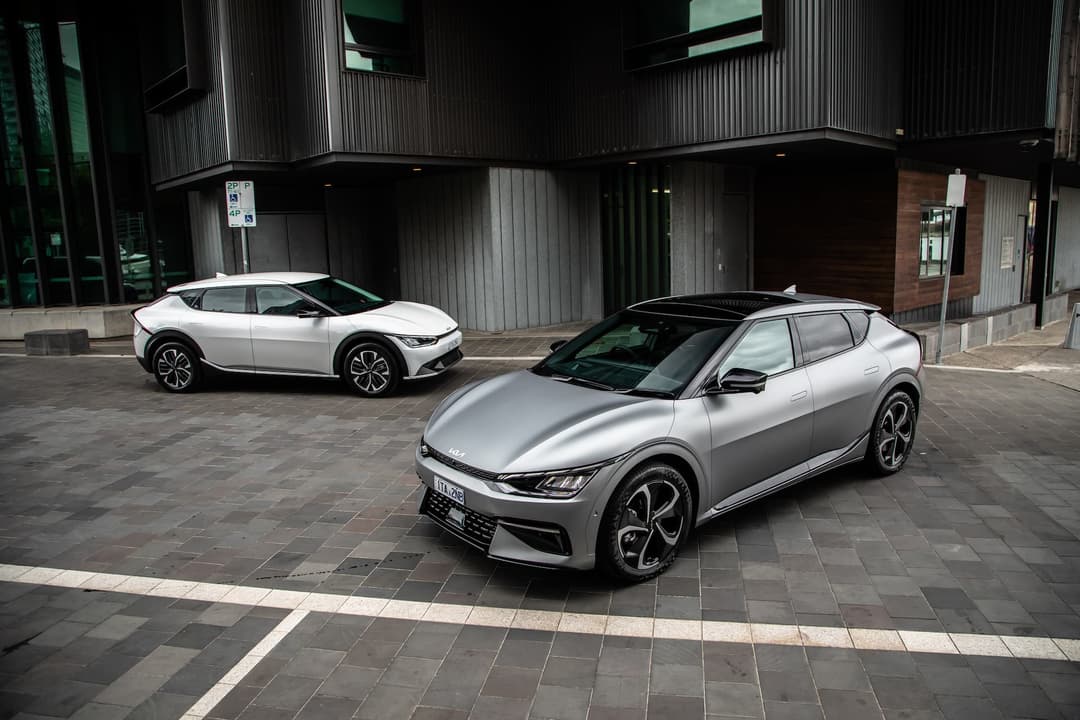
The unfortunate reality is everyone will likely need to queue up and wait for a new car today.
But with some models stretching up to two years, it’s important to consider that it’ll likely be less appealing by then amid an avalanche of other new EVs coming in the interim, your life and financial situation may be different, or you need a vehicle as soon as possible.
Car brands are advising buyers to talk directly with their local dealerships for exact delivery times as it depends on each variant, colour and spec options, and can fluctuate in the current market.
We recommend considering other variants, colour and option configurations or opening your shortlist to other EV models that may have shorter estimated lead times.
Additionally, put your name down on the queue of multiple dealerships (if the carmaker isn’t using a direct-to-consumer model) and, even if you have paid a refundable deposit on a vehicle, keep considering other current or upcoming EVs in the interim if you can.
While it may not be your ‘idealised’ new car you want to own, it’ll still save you the headache of waiting and consistently being inflicted at the pump by skyrocketing fuel prices that won’t come down for at least a few years.
Electric car estimated wait times (as at 5 July 2022)*
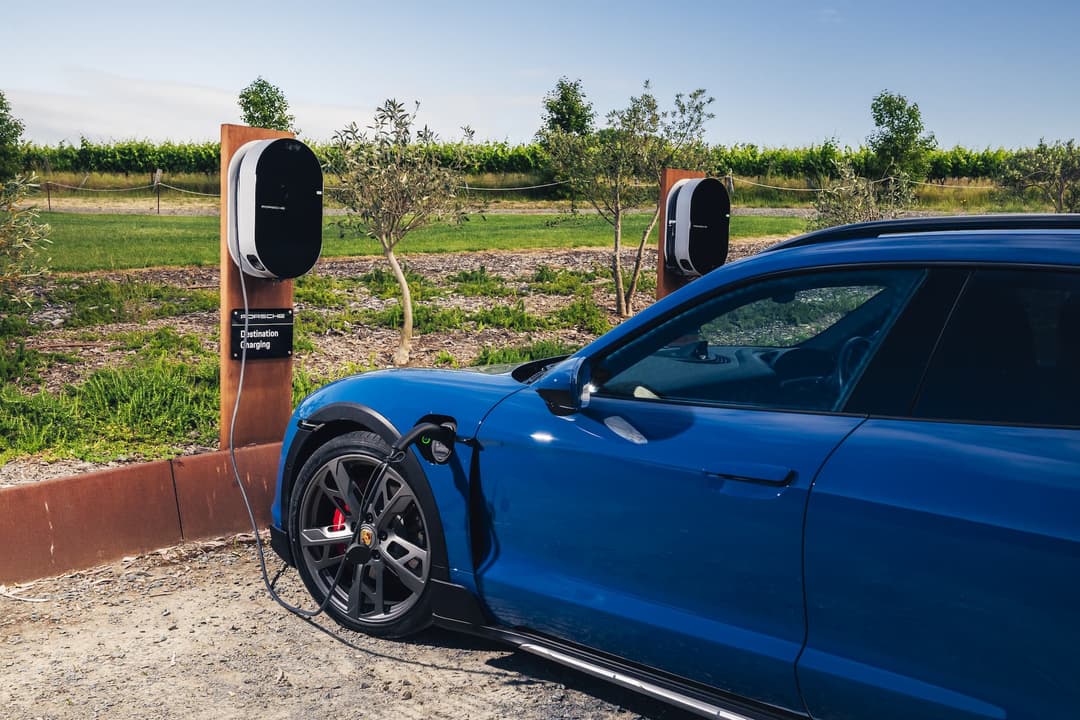
- Tesla Model 3 – 7 to 10 months (February to May 2023)
- Tesla Model Y – 7 to 10 months (February to May 2023)
- MG ZS EV – Sometime in 2023 (pre-orders delivered first in October to December 2022)
- BYD Atto 3 – 4 to 6 months (November 2022 to January 2023)
- Nissan Leaf – Available now ("reasonable" stock in dealers across the country and "will soon be boosted with new imports arriving in future months")
- Hyundai Kona Electric – 6 to 8 months (January to March 2023)
- Hyundai Ioniq 5 – Four to six weeks (from direct online orders of limited pre-built examples, which open in sales drop ‘windows’)
- Kia Niro EV – Available now (dealers “receiving a steady supply of stock” with around 45 new units per month)
- Kia EV6 – 2023 or later (600 allocated units sold out)
- Mercedes-Benz EQA – 9 to 11 months (April to June 2023)
- Mercedes-Benz EQC – 6 to 8 months (January to March 2023 with some stock available now)
- Volvo XC40 Recharge – 6 to 7 months (January to February 2023)
- Volvo C40 Recharge – 6 months (January 2023)
- Polestar 2 – 6 months (January 2023)
- Porsche Taycan – Sometime in 2023 (depends on model grade, selected options and dealerships)
What about the EV models coming soon?
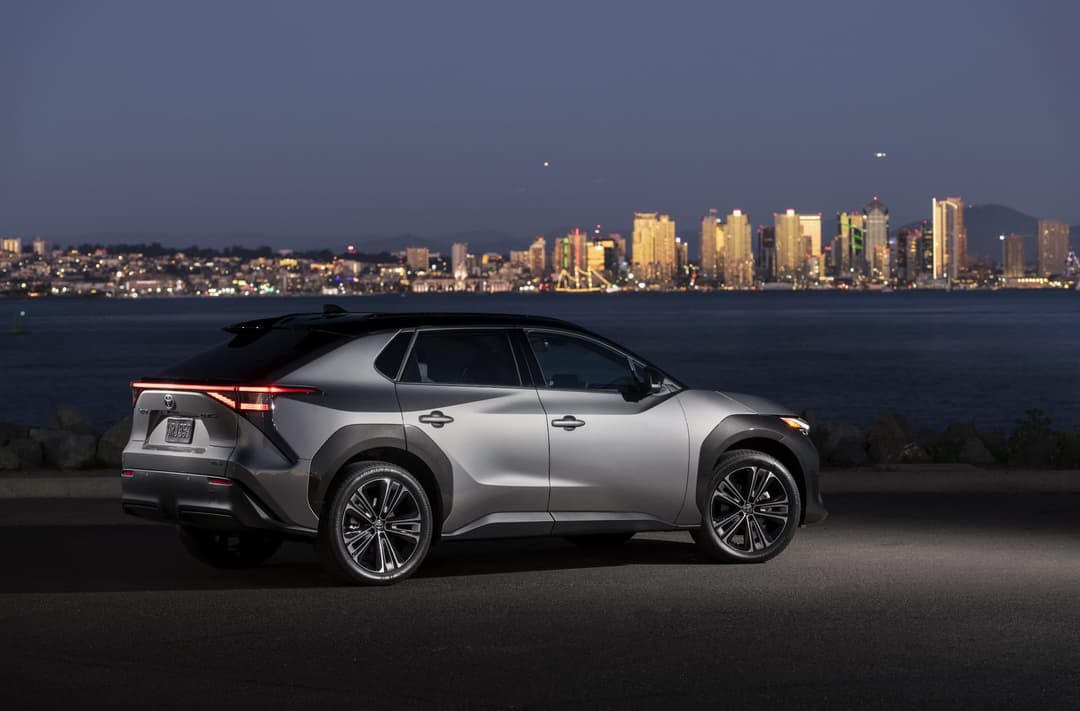
A laundry list of EVs are coming in 2022 and 2023 from the likes of Kia, Tesla, Cupra, Renault, Toyota, Subaru, Lexus, Genesis, Mercedes-Benz and more.
While local details including exact release date, pricing and specifications may not be released yet, we recommend getting on the waitlist as soon as possible at your local dealers and filling in an expression of interest online if available.
Check out our comprehensive database to compare the specs of all EVs and stay tuned to zecar for the latest news, reviews and guides.
Why are car prices increasing?
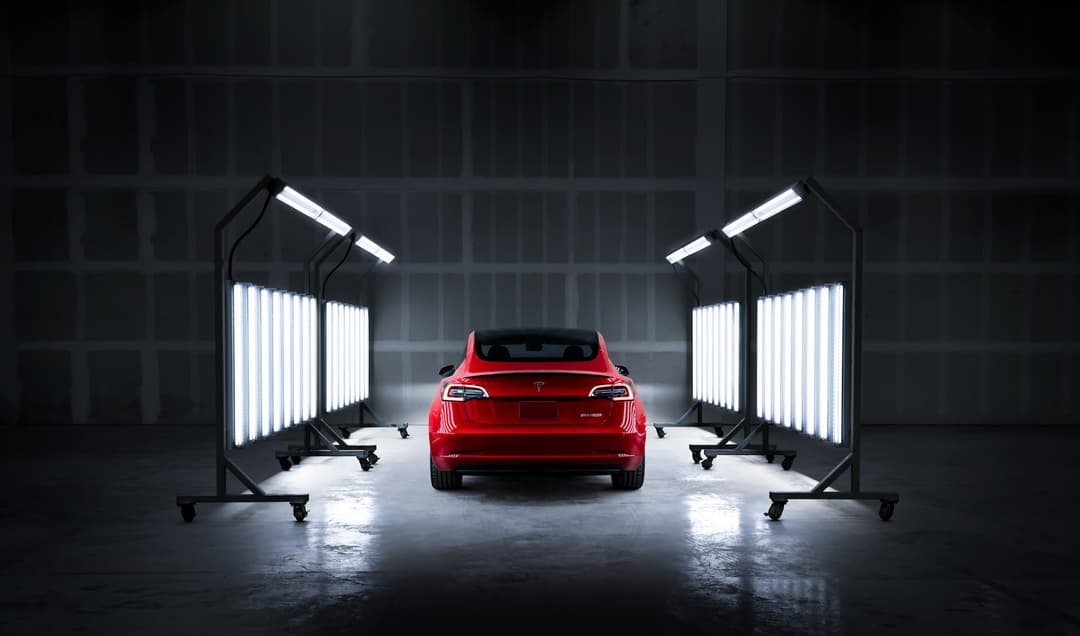
Due to increased material, production and shipping costs caused by inflation and supply shortages, prices of new cars are creeping up across the industry.
Unfortunately, some car dealerships have reportedly been marking up price tags or adding extra fees in disguise of ‘dealer delivery’ charges to sustain their businesses. While we condemn this, consumers may need to be prepared to pay extra when it comes to signing the papers after waiting long in the queue.
Brands such as Tesla, Polestar and Hyundai (Ioniq 5 only) adopt a fixed-price agency model, where consumers buy directly from the manufacturer, the price tag of the vehicle is guaranteed at the time of ordering and won’t change by the delivery date.
Should I consider buying used or imported EVs?
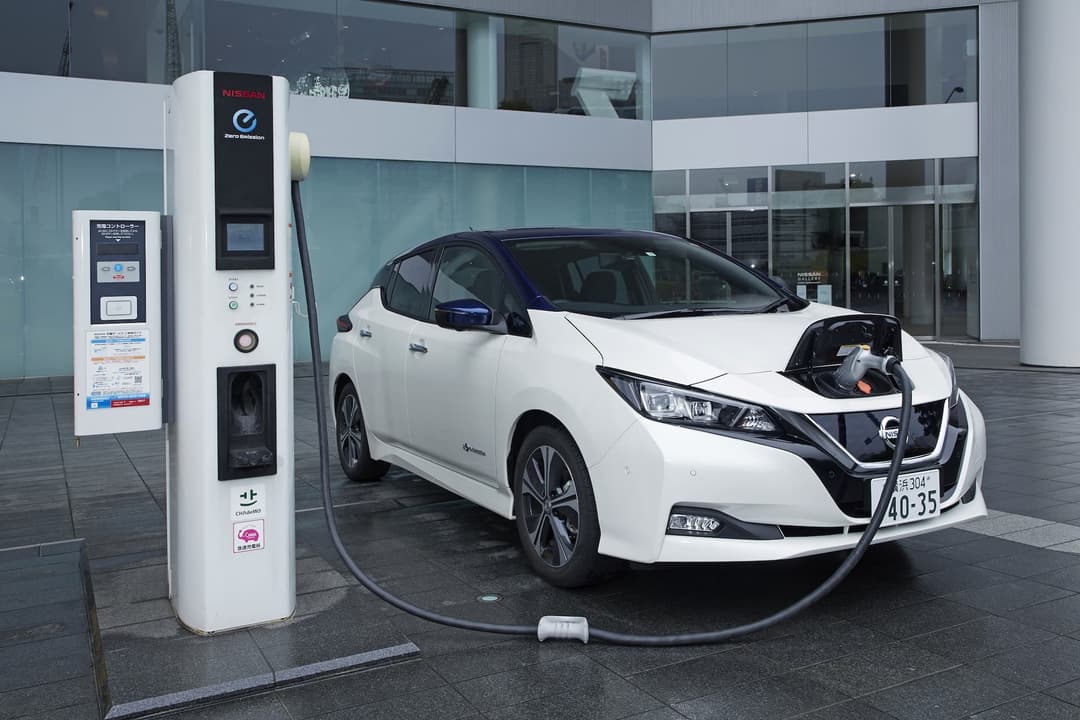
Due to the backlog of new cars, it has put pressure and strong demand on the used car market, while favouring the hands of sellers and resellers.
The average price of used vehicles has increased by around 18 per cent in the past year. It’s particularly hitting popular models like the Tesla Model 3 where three-year-old secondhand examples are fetching more than buying a new, updated model.
But what about importing an used electric car? We’ve detailed a definitive guide of benefits and potentially pitfalls to help you decide here.
Should I still consider an EV?
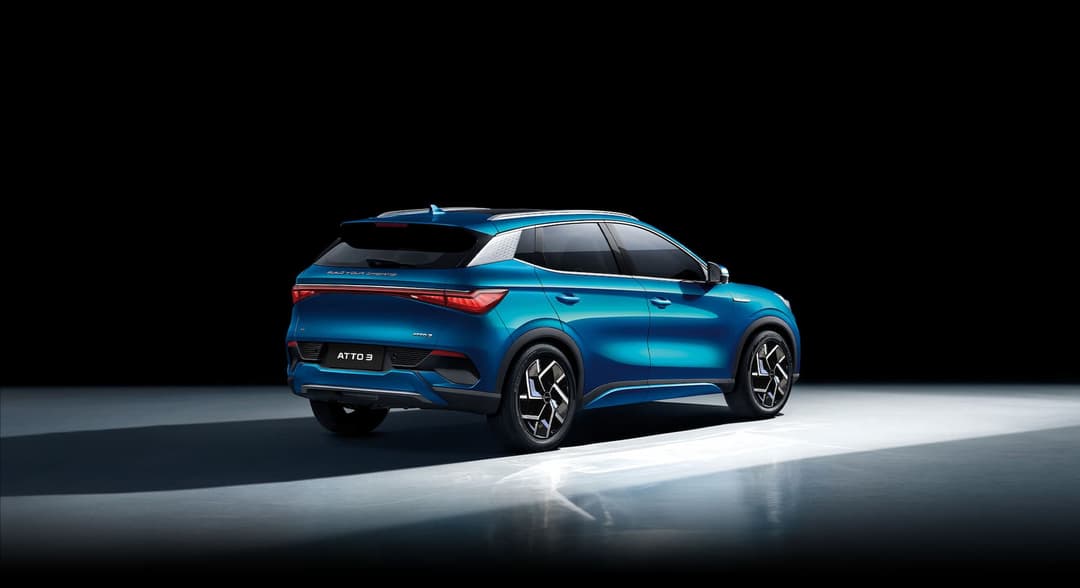
Despite the current industry-wide crisis, owning an electric car is still the more rational, efficient, cheaper and sustainable way to drive from A to B.
The Albanese Labor Government is also expected to introduce its Electric Car Discount policy to Parliament, which will apply retroactively from July 1 2022. It includes the abolishment of the fringe benefits tax (FBT) for company fleets and novated lease schemes that'll likely further increase demand for EVs.
We’ve compiled comprehensive guides to help you easily switch to electric cars and clean energy:
- The Ultimate Beginner’s Guide for Electric Cars
- The Electric Car Dictionary
- Electric Car Incentives in Australia: State by State Guide (2022)
- What should you consider when buying an electric car?
- Electric car mythbusters
- How much does it cost to charge an electric car?
- Watt is bidirectional charging, V2G, V2H, V2L?
- What does a Labor government mean for electric cars in Australia?
- Why should you import an electric car in Australia?
About the author
Stay up to date with the latest EV news
- Get the latest news and update
- New EV model releases
- Get money savings-deal

